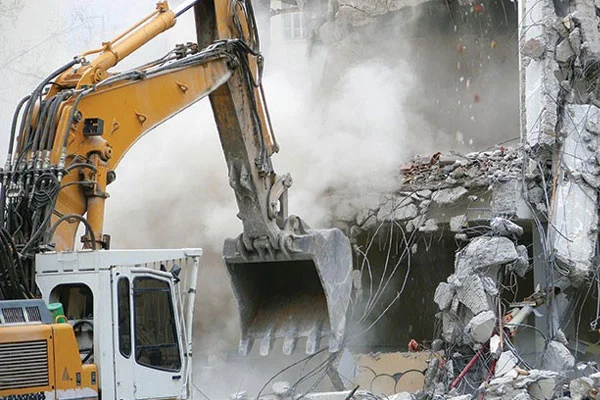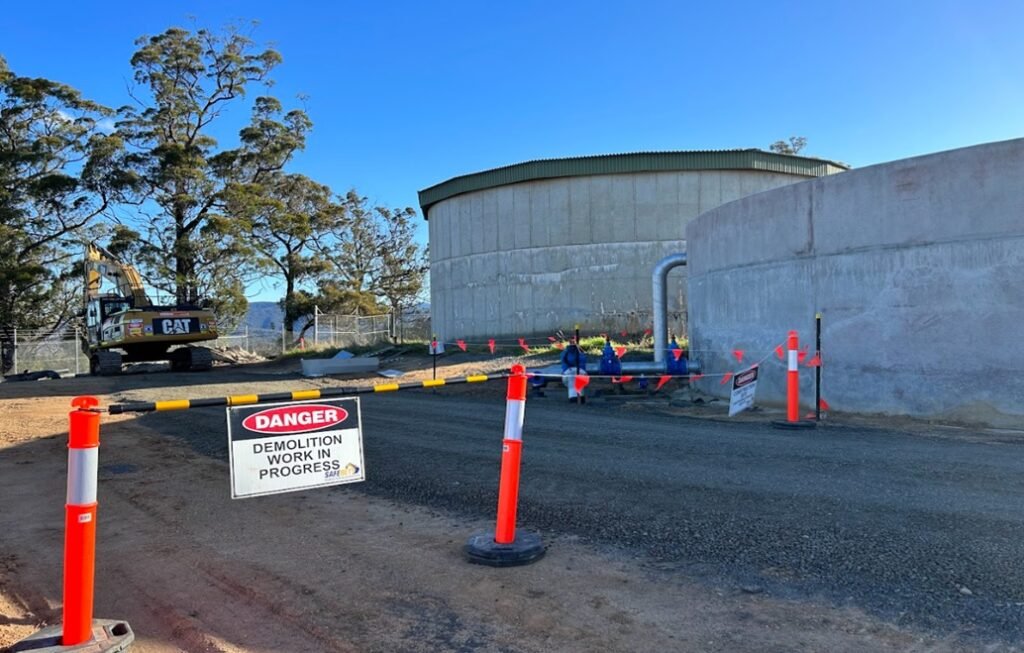At a Glance:
- Site Assessment: Identify hazards and evaluate structural integrity.
- Demolition Plan: Outline methods, safety protocols, and waste management.
- Permits: Secure necessary approvals and notify authorities.
- Safety Protocols: Implement rigorous safety measures and training.
- Site Rehabilitation: Plan for cleanup and future site use.
Demolition activities in Sydney and Melbourne are often seen as the explosive, high-octane finale to a building’s life, but the reality is far more nuanced and requires meticulous planning. For any business considering a commercial demolition project, understanding the essential steps beforehand can mean the difference between a smooth, efficient process and one riddled with costly delays and unexpected risks.
Whether you’re tearing down an old factory to make way for a modern facility or clearing a site for new commercial development, preparation is key. In this post, we’ll explore the five critical steps you need to know before commencing any commercial demolition project, ensuring that your endeavour is both safe and successful.
Conduct a Comprehensive Site Assessment
Before the first wrecking ball swings, a thorough site assessment is imperative. This step involves evaluating the structural integrity of the building, identifying hazardous materials, and understanding the surrounding environment. Site assessments are crucial for outlining the scope of work, estimating costs, and creating a timeline.
During a site assessment, specialists will look for asbestos, lead, and other dangerous substances that must be carefully removed before demolition can proceed. Additionally, this process will include an examination of the building’s architectural features, which may impact how the demolition is carried out. Ignoring this step can lead to severe environmental and health risks, not to mention legal ramifications.
Develop a Detailed Demolition Plan

With the site assessment complete, the next step is to create a detailed demolition plan. This document serves as the blueprint for the entire project, outlining the methods to be used, safety protocols, and the sequence of activities. It also includes a risk management plan, which is essential for addressing potential hazards that may arise during the process.
A comprehensive demolition plan should address several critical components:
- Methodology: Will the demolition be mechanical, using excavators and bulldozers, or will explosives be necessary for a more controlled demolition? Each method has its specific considerations.
- Safety Measures: What protocols are in place to protect workers and the public? This includes everything from dust control to managing structural collapses.
- Waste Management: How will debris be handled? Effective waste management is not only environmentally responsible, but also ensures compliance with local regulations.
Secure the Necessary Permits and Notifications
Before any commercial demolition can commence, obtaining the necessary permits and notifying relevant authorities is a non-negotiable step. Different regions have varying requirements, so it’s essential to be fully aware of local laws and regulations.
Permits typically cover the demolition itself, but you may also need additional approvals for waste disposal, noise control, and environmental impact, depending on the project’s scope. Furthermore, notifying nearby businesses, residents, and utilities is crucial to avoid disruptions and ensure public safety.
Implement Rigorous Safety Protocols
Safety should be the cornerstone of any commercial demolition project. This involves more than just equipping workers with hard hats and vests—it requires a culture of safety where every team member understands the risks and their role in mitigating them.
Some of the critical safety measures include:
- Training and Certifications: Ensure that all personnel are trained and certified to handle the specific demands of a commercial demolition site. This includes the use of heavy machinery, handling hazardous materials, and executing emergency protocols.
- On-Site Supervision: Having experienced supervisors on-site ensures that safety protocols are followed, and any issues are addressed immediately.
- Regular Safety Audits: Continuous monitoring and auditing can help identify potential hazards before they become serious problems.
Plan for Post-Demolition Site Rehabilitation
The demolition process doesn’t end once the building is down. Proper site rehabilitation is critical, especially in commercial demolition projects, where the land will often be repurposed for new construction. This involves clearing debris, managing waste responsibly, and ensuring the site is safe for future use.
Site rehabilitation might also include soil testing and remediation if contaminants were found during the demolition. Additionally, planning for the removal or preservation of underground utilities can save time and money in the long run.
Preparing for a commercial demolition in Melbourne or Sydney is a multifaceted process that requires careful planning, a deep understanding of the project scope, and a commitment to safety and compliance. By following these five critical steps—conducting a comprehensive site assessment, developing a detailed demolition plan, securing permits, implementing safety protocols, and planning for post-demolition rehabilitation—you can ensure that your demolition project is executed smoothly and successfully.
Commercial demolition is more than just tearing down a building; it’s about making way for progress while safeguarding the environment, public health, and the future of the site. Whether you’re looking to expand your business, redevelop a property, or clear the way for new opportunities, following these guidelines will help you achieve your goals efficiently and responsibly.

